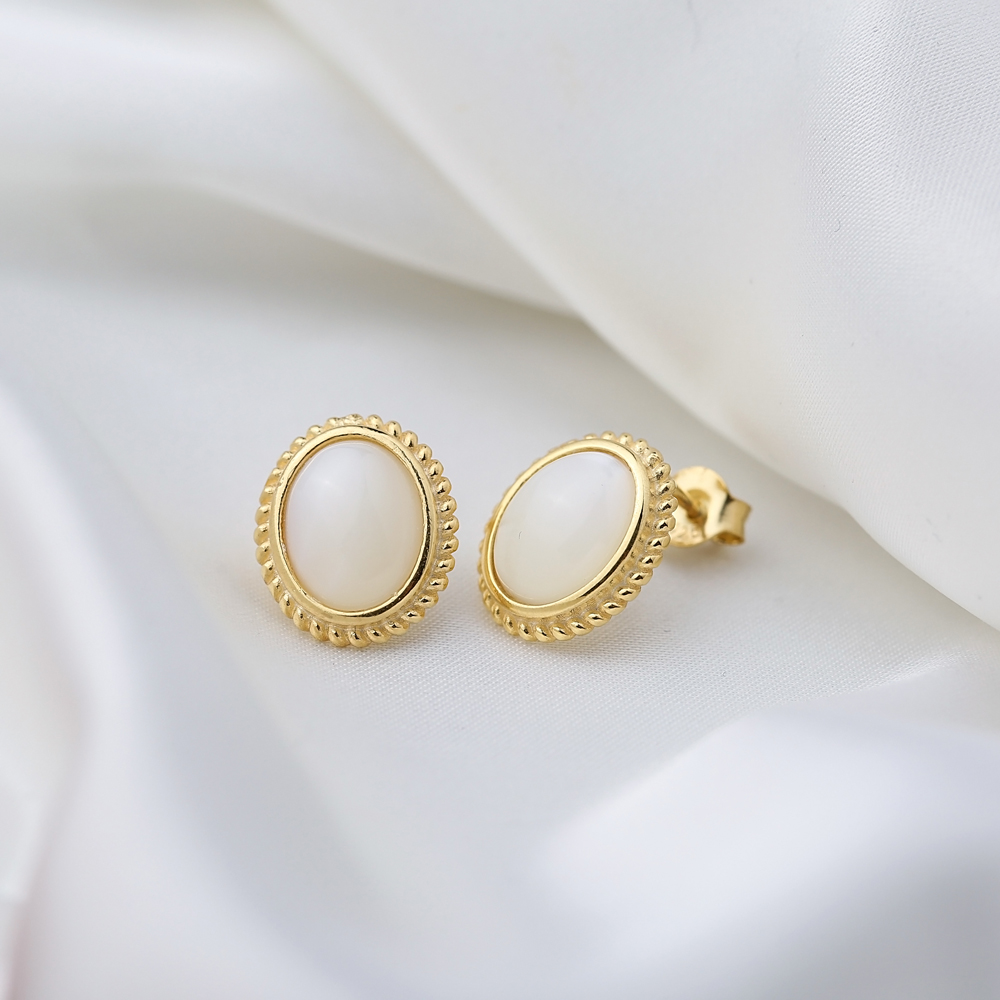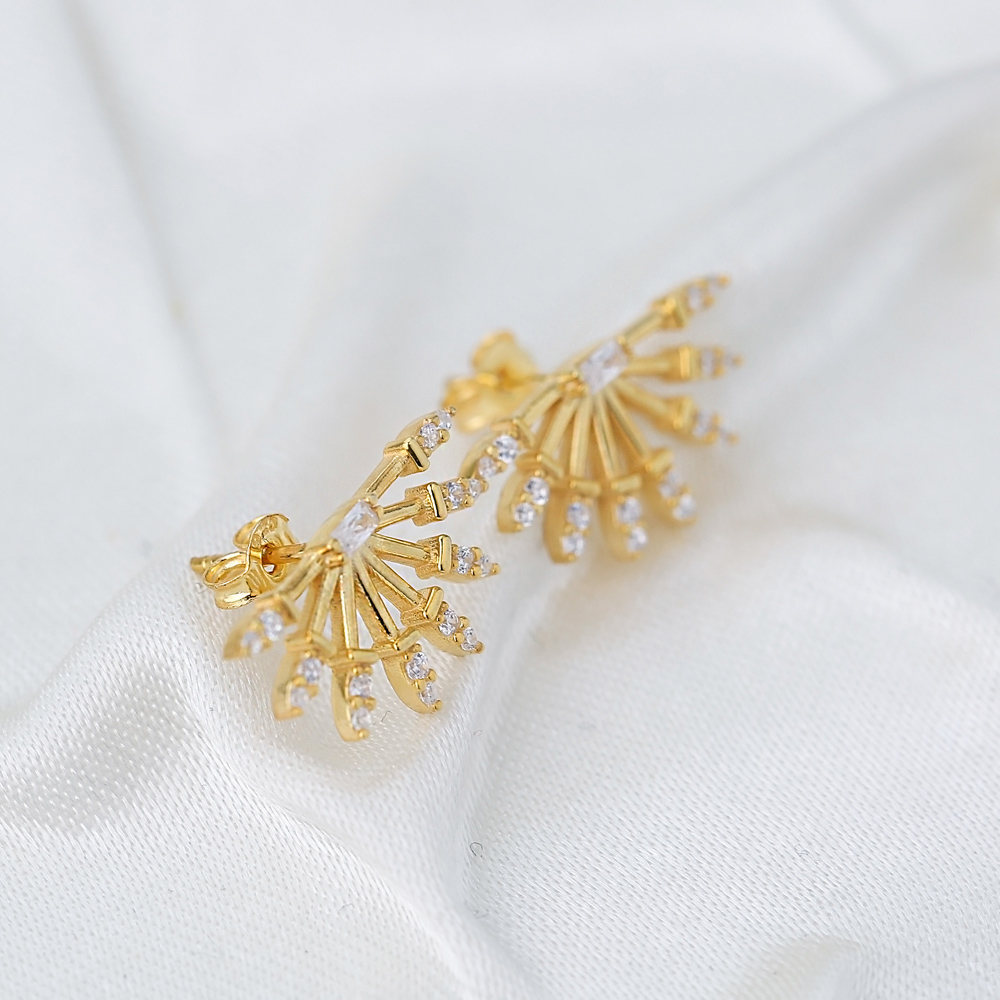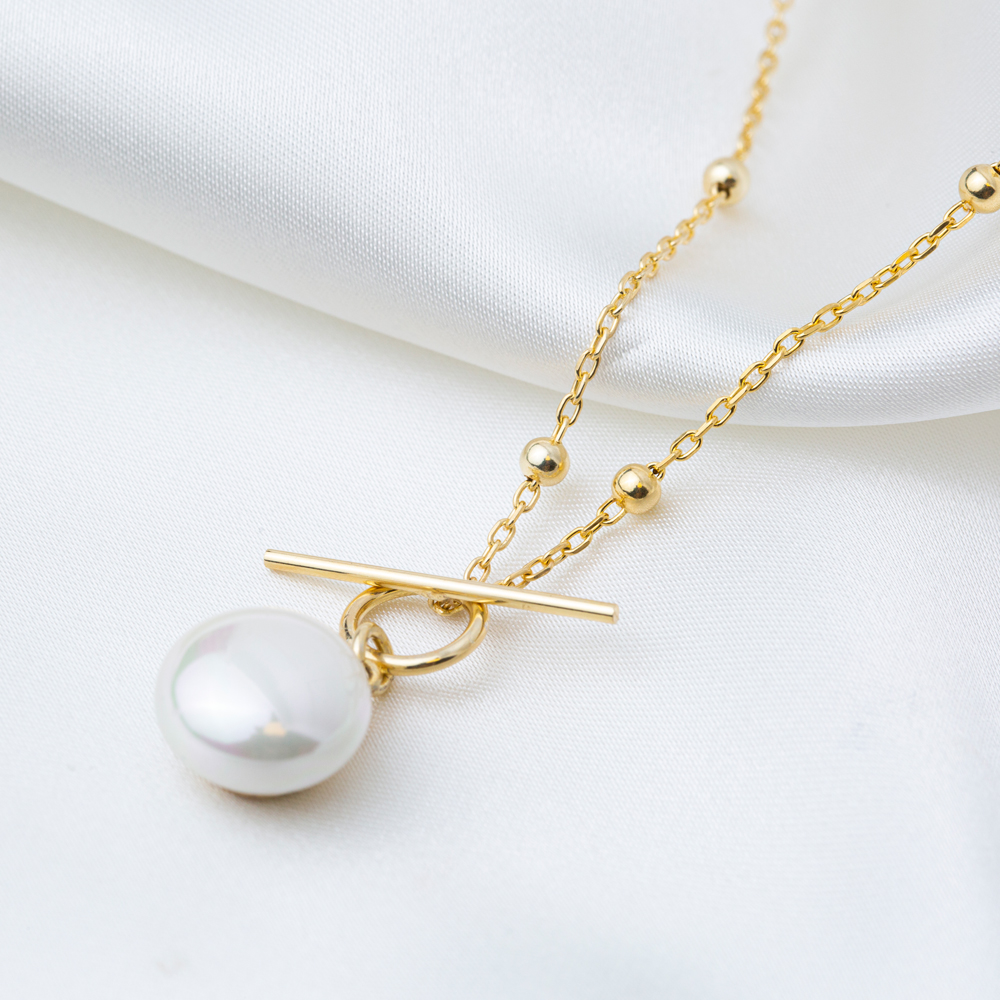The history of silver spans thousands of years, dating back to ancient civilizations in Mesopotamia and Egypt. Silver has been used for a variety of purposes throughout history, including as currency, jewelry, and in the creation of decorative objects.
Silver was one of the earliest known metals, along with gold and copper. The discovery of silver deposits in ancient Anatolia (modern-day Turkey) and Greece around 3000 BC led to the development of the first silver mines.
Silver was highly valued by ancient civilizations, particularly in the Mediterranean region. It was used as a form of currency, as well as for religious and ceremonial purposes. The ancient Greeks and Romans minted silver coins, which were used throughout their empires.
During the Middle Ages, silver continued to be used as currency, and was widely traded in Europe and Asia. The discovery of silver deposits in the Americas in the 16th century led to a dramatic increase in the supply of silver, and its use as currency became more widespread.
In the 19th century, the industrial revolution led to an increased demand for silver, particularly in the production of photographic film and electrical equipment. This demand continued into the 20th century, with silver also being used in the manufacture of jewelry, silverware, and decorative objects.
Today, silver continues to be used in a wide range of applications, including in the production of electronics, solar panels, and medical equipment. It is also still valued as a form of currency and as a precious metal for investment purposes.



